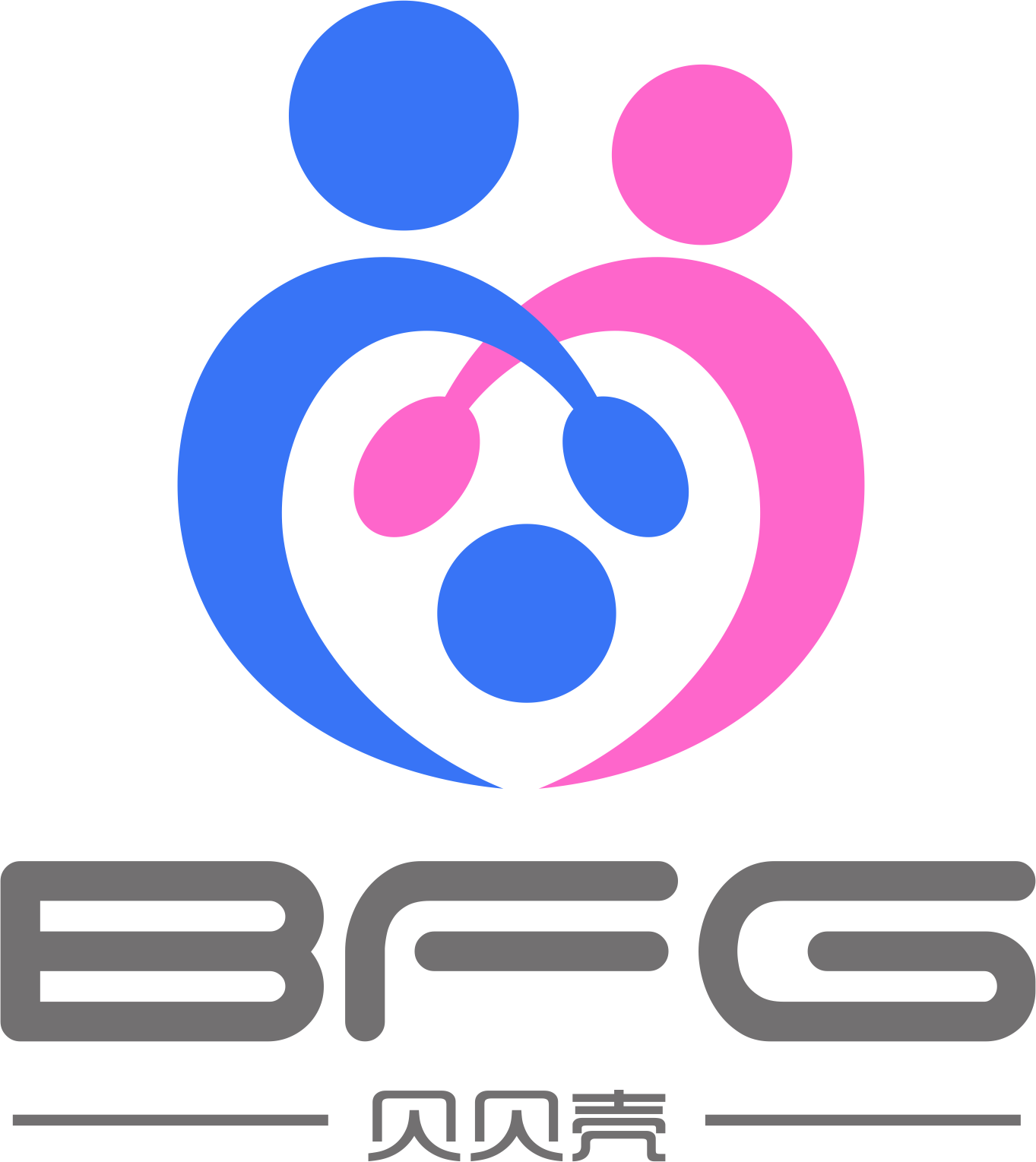Several options exist for choosing which embryo to transfer, and the best approach depends on individual circumstances and the lab’s capabilities. Malaysian BFG Fertility Centre experts advise a personalized approach, considering factors such as:
-
Embryo morphology: This involves assessing the embryo’s physical characteristics under a microscope, looking for features indicative of healthy development. However, morphology alone isn’t a definitive predictor of implantation success.
-
Preimplantation Genetic Testing (PGT): PGT allows for the screening of embryos for chromosomal abnormalities (PGT-A) or genetic diseases (PGT-M). This can significantly improve the chances of a successful pregnancy and reduce the risk of miscarriage or birth defects. The decision to pursue PGT should be made in consultation with a fertility specialist.
-
Embryo grading systems: Different clinics may use varying grading systems, and a comprehensive evaluation should be done by a fertility specialist familiar with the specifics of those systems.
-
Patient’s age and medical history: Older patients or those with a history of recurrent miscarriages may benefit from a different selection strategy than younger patients with no such history.
-
Number of embryos available: The number of high-quality embryos available influences the decision on how many to transfer, considering the risks associated with multiple gestations. Single embryo transfer (SET) is often preferred to minimize the risk of twins or higher-order multiples.
BFG Fertility Centre’s experts will tailor a customized plan based on the patient’s specific needs and the characteristics of the available embryos. They will guide patients through this process, explaining the different options and helping them make the best decision for their family-building journey. For consultation and appointment scheduling, please contact us via WeChat: echodadan or WhatsApp: +44 7935 002 239.




